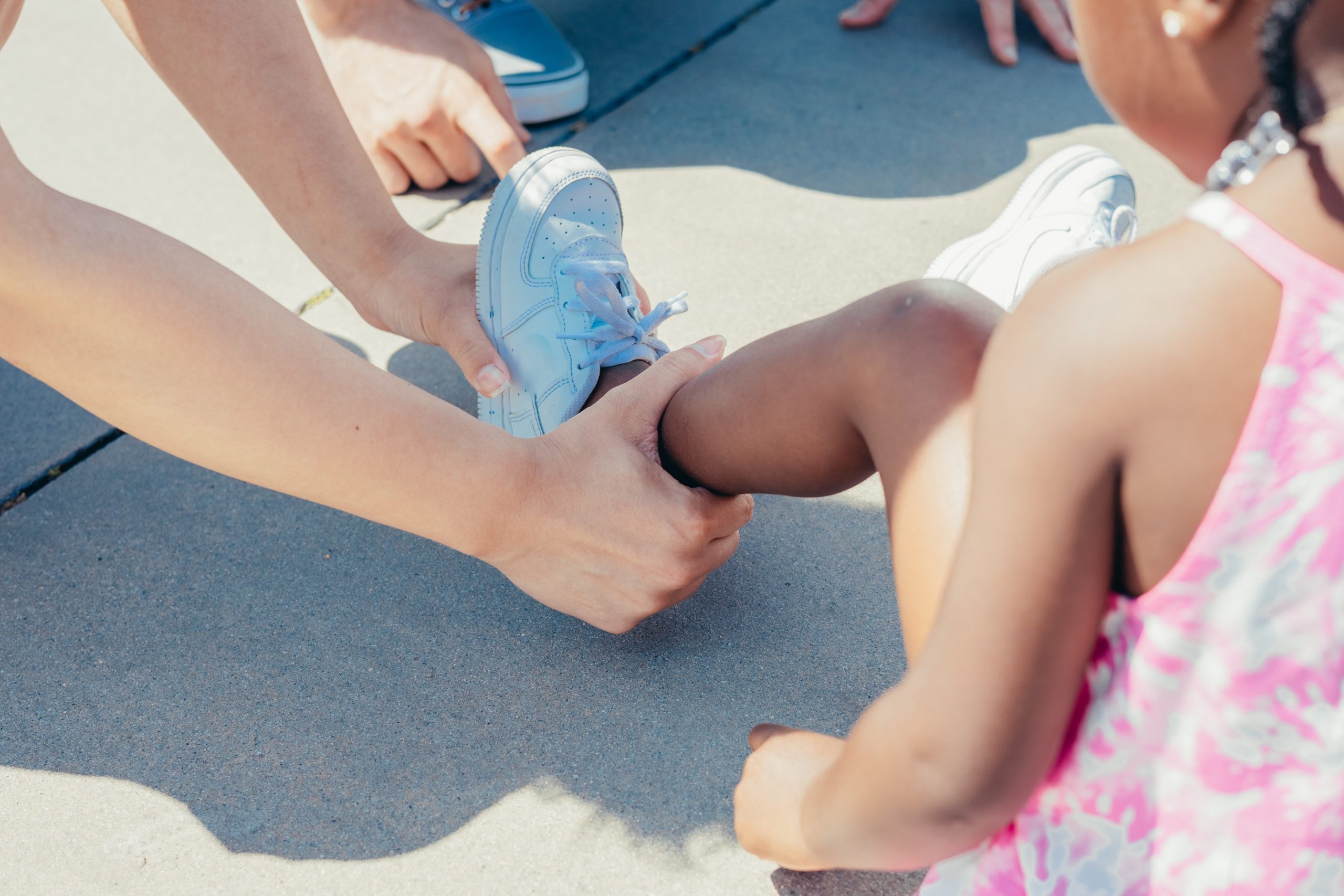
A new school year is just around the corner, and with it the need to buy school supplies. While clothes do not cause major problems, shoes should be chosen responsibly
On them depends the proper development of the foot, as well as general well-being of a child during school lessons.
When choosing school shoes, you need to remember that first they should be light and comfortable, and only then pretty and stylish. A child spends about 30 hours a week at school – all this time is in shoes, so they must be as comfortable as possible.
The first thing you need to pay attention to is the sole and heel counter. The sole should be not high and flexible, and the heel counter should be stiffened. You know how kids like to run around school at recess, and a properly sized sole will protect you from injuries.
Choose shoes made of natural materials, even if you have to pay extra for them. Synthetic, lacquered or rubber shoes will not allow the feet to “breathe” and your child will be uncomfortable. The ideal option is completely or at least partially natural leather: the inner material and lining – from natural leather, and the upper part – from artificial material.
Shoes for school should be equipped with a heel counter and a comfortable insole that provides proper ventilation to the feet. These elements will prevent the development of flat feet and provide support to the whole foot, distributing the body weight evenly when walking.
Another important element determining the comfort of walking is the properly selected size of school shoes. Properly chosen shoes should be slightly longer than the child’s foot because of its shifting while walking. Also, do not buy shoes to spare, a few years in advance. Every six months your child’s foot grows on average by half a size, which means you have to buy new shoes at the beginning of each new school year.
To choose the right size, remove the insole from the shoe and put the child’s foot on it. The heel must be adjacent to the edge of the insole. If there is about 1 cm of space above the toes and the foot doesn’t go over the edge of the insole, the shoe size is correct.
To check whether the shoe is compression-free, place your child’s foot on a piece of paper and outline it with a pencil. Then cut the resulting outline evenly and insert it into the shoe. If the paper bends at the edges, the shoes are too tight.
The choice of shoes for physical education classes also requires special attention. So that your child does not get injured and performs well in sports, pay attention to the following parameters:
Read also: https://tiptors.com/fashion-and-beauty/how-to-clean-white-shoes-learn-effective-ways/
Main Photo: Kindel Media/pexels.com